Description
Asparagus Precoce D’Argentuil
Asparagus Precoce D’Argentuil. is a historical French Heirloom Asparagus variety, which HFW reveals was developed from the Purple Dutch at Argenteuil in the 18th century. The traditional French asparagus and method of balancing production was “white asparagus” in France. Free from blanching, this asparagus variety gives big rose-purple plants with a fabulous taste and tender tips. Quick to get established and one of the earliest sprouting asparagus grown from seed, best sown anywhere between late March through June.
Cultivation Advice For Asparagus Precoce D’Argentuil
Good air circulation helps prevent fungal diseases.
Planting:
Asparagus is usually sown in dormant crowns (1-year-old roots) rather than seeds. You can buy crowns from nurseries or online suppliers.
Plant the crowns in early spring as soon the soil is workable or late fall before the ground freezes.
Make a trench that is 12 inches wide and 6-8 inches deep. Place crowns 12-18 inches apart in the trench.
At first burial must be only 2-3 inches deep over the crowns; gradually fill in trench as spears appear.
Care:
Asparagus bed must be free of weeds can reduce competition for nutrients and water.
Water deeply and regularly, particularly in warm weather while the ground is still dry. This makes sure that mulched plants get a consistent supply of water but do not become waterlogged.
Mulch the plant with organic material which helps in moisture retention and weed suppression.
Fertilization:
Add plenty of well-rotten manure or compost to the soil before planting.
In following years, reapply compost or balanced fertilizer in the early spring before spears arrive.
Harvesting:
This asparagus is known by the name ‘Precoce d’Argenteuil’, with a light harvest possible in year two, most productive from year three.
Pick spears when 6 to 8 inches tall and tightly closed. Remove them at the ground by cutting or snapping with a sharp knife, hands.
Cease harvesting when the spear diameter is reduced markedly, generally 6-8 weeks after harvest.
Maintenance:
After harvest, allow remaning spears to grow fern-like foliage. The leaves will allow the plant to gather energy for its next crops in subsequent years.
In late fall, after frost has killed back the foliage cut it to ground level and remove debris which can harbor overwintering pests or disease pathogens.
Pests and Diseases:
Common pests to watch for are asparagus beetles and aphids. Control: Hand-pick beetles; use insecticidal soaps for aphids when in need.
Prevent soil-borne disease by rotating asparagus beds.
Long-Term Care:
Asparagus is a perennial meaning that it will give you food for the next 15-20 years or so if take proper care and maintainence
Rejuvenate the bed and improve yield by dividing overcrowded crowns every 5-10 years.


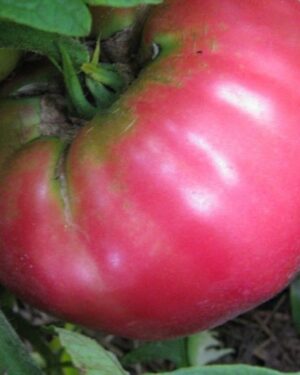
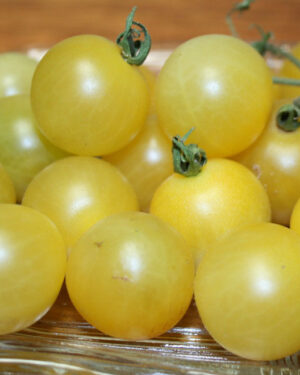
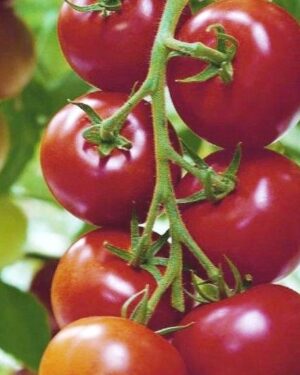

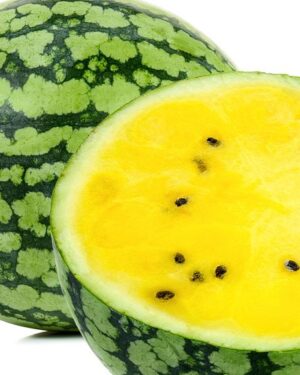
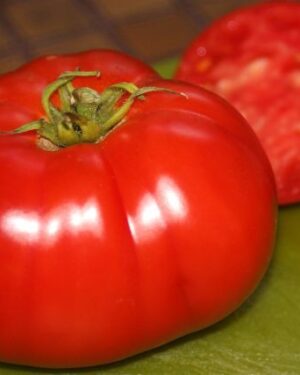
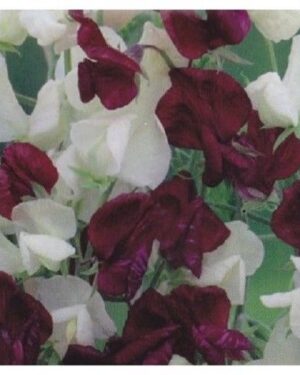
Reviews
There are no reviews yet.